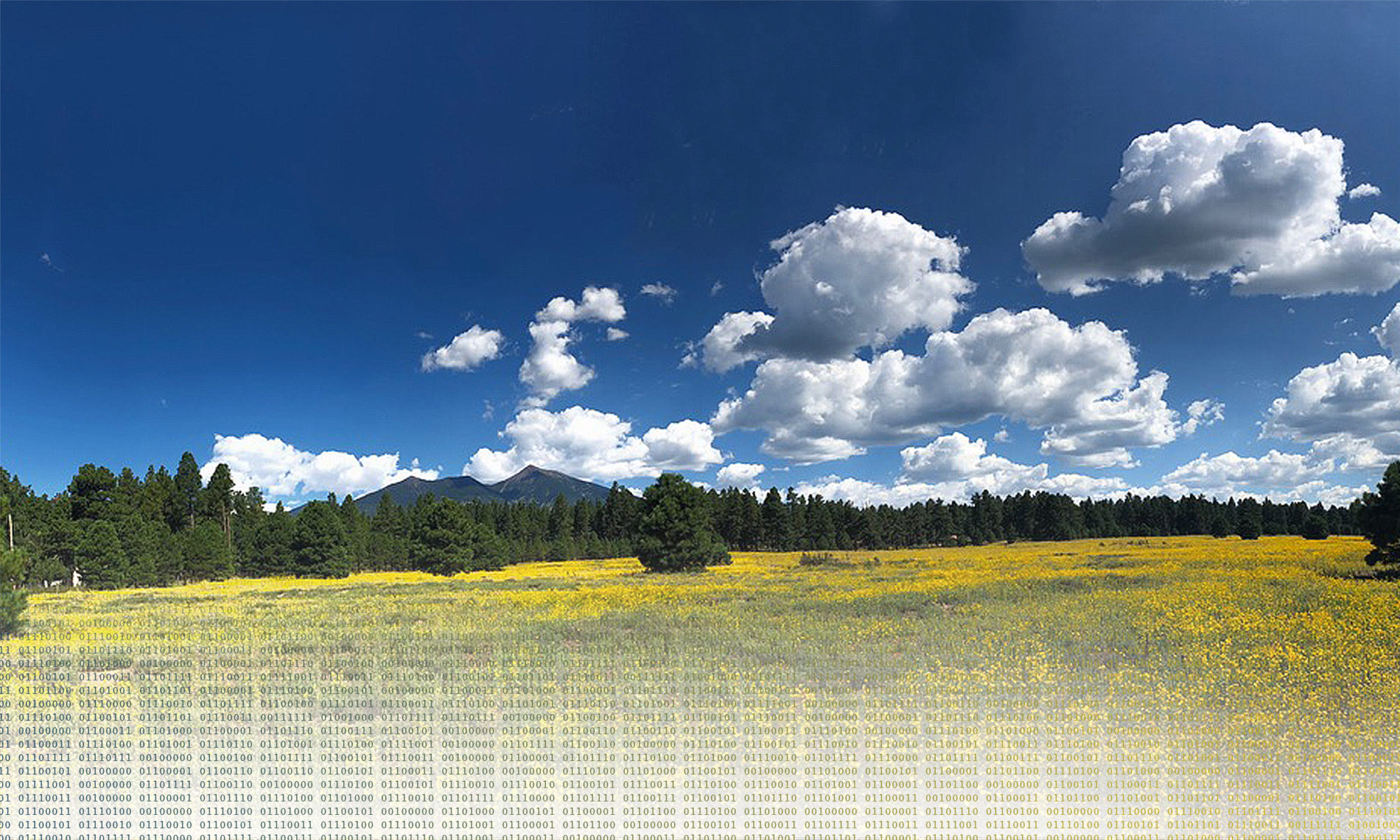The USA National Phenology Network: supporting science, management, and outreach. Theresa Crimmins is the director of the USA National Phenology Network and research professor in the School of Natural Resources and the Environment at the University of Arizona. In her role with the Network, Theresa supports an amazing team of individuals and works enthusiastically to support the growth and use of phenology data and resources curated by the USA-NPN, involvement in Nature’s Notebook, and a broader appreciation of phenology among scientists and non-scientists alike.
The USA National Phenology Network was established in 2007 to formalize standardized phenology monitoring across the country. The aims of the Network are to collect, store, and share phenology data and information to support scientific discovery, decision-making, an appreciation for phenology, and equitable engagement within the Network. To support these aims, the Network launched Nature’s Notebook, a rigorous platform for monitoring plant and animal phenology, in 2009.
Since the launch of Nature’s Notebook, participants across the country have contributed over 28M phenology records. Participants range from backyard observers with an interest in nature to researchers and natural resource managers asking specific questions. The phenology data contributed through Nature’s Notebook have been used in over 100 peer-reviewed publications to document changes in the timing of seasonal events, to establish drivers to such events, to ground-truth remotely sensed imagery, and more.
I will describe the USA-NPN’s offerings, which are all available for use and adoption by interested parties, and include the Nature’s Notebook program and associated curriculum materials, phenology data contributed to the USA-NPN, and the growing suite of derivative data products offered by the Network, many of which are frequently referenced in local and national news outlets including The New York Times, The Washington Post, and The Weather Channel, to document an early or late start to spring locally.

